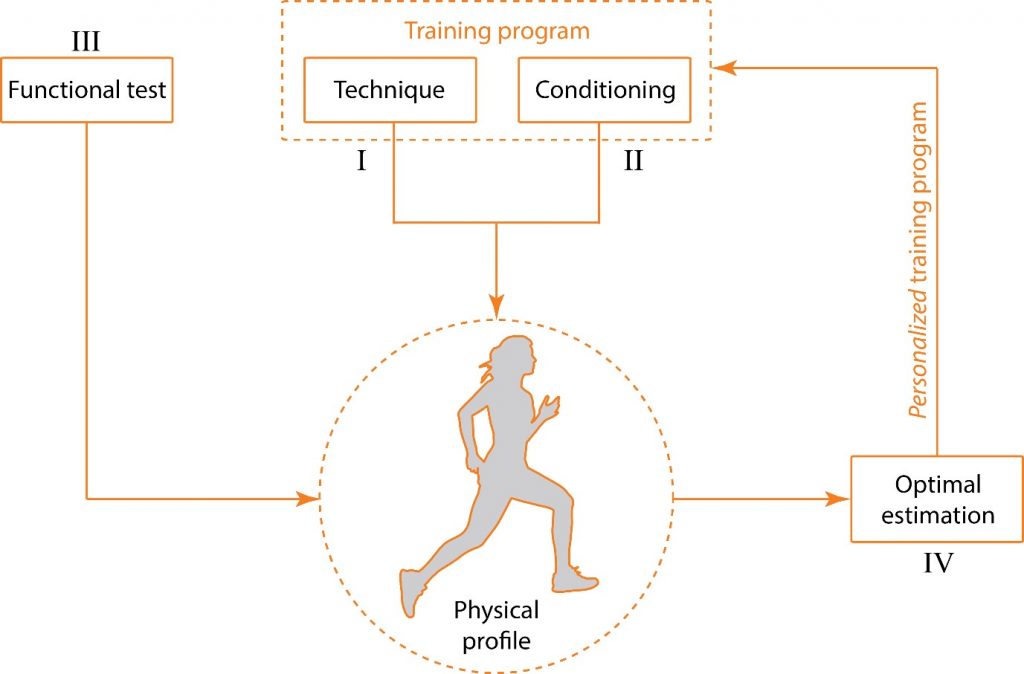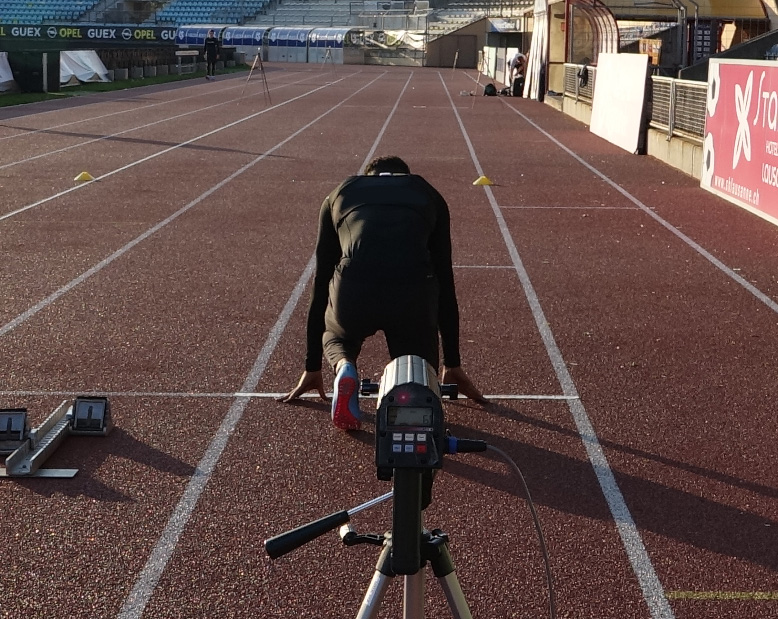Optimal training load estimation using personalized physical profile
- Contact person: Salil Apte
- People involved: Salil Apte
- Partners: CHUV (Prof Vincent Gremeaux), Gait Up (Dr Farzin Dadashi)
- Funding source: EPFLinnovators fellowship – Horizon 2020 research and innovation programme
Overview:
Overtraining, an important risk factor for injuries in athletes is the consequence of inappropriate and excessive training load (TL). Excessive TL is the result of the generalized methods used for TL estimation, which do not typically consider the unique physiology of the athlete. The main aim of this thesis is to develop a framework for optimal estimation of training loads using personalized physical profile of the athlete. This profile will be based on the objectively-assessed functional capacity, non-sport conditioning loads, and in-field training quality of the athlete. While the proposed framework is generalizable to numerous sports, running is considered as a primary use-case for demonstrating its applicability. The outcome of this thesis is likely to serve as a useful tool for coaches to prevent overtraining.
Methods:
The overarching goal of this project is to design a framework to estimate optimal load for producing positive adaptation to training and avoid overtraining. This framework (shown below), aims to overcome the current limitations in training load estimation through the use of a personalized physical profile of an athlete as a foundation for the customization of training load. This physical profile will contain two main components: i) accurate functional capacity (III) of an athlete based on instrumented tests to measure speed, power, agility, balance, and postural control ii) the training history (I and II) containing the prior external and internal loads experienced, and the quality of performed training sessions. By focusing on both, movement quality and overall internal TL, this physical profile can capture the effects of individual external TL on both physiological and neuromuscular adaptations. Thus, it will consider the physical response of athletes for each training session and allows the coaching staff to take better-informed decisions on the fly. This physical profile can serve as an input to an optimal estimation scheme (IV), which can compute training progression based on the constraints set by the coaching staff.

